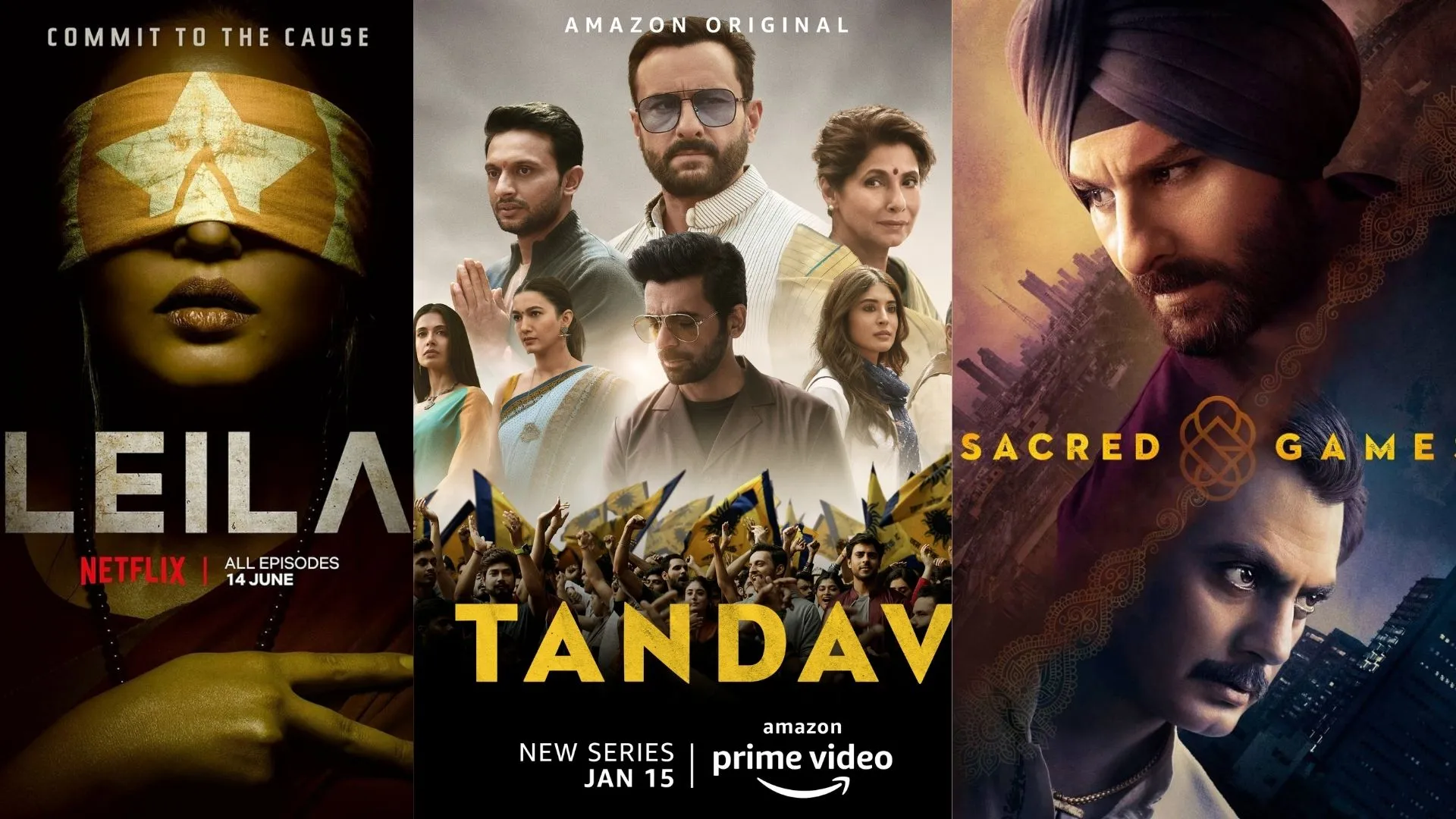The re-release culture currently buzzing in the Indian film industry is not a new phenomenon. From Hollywood to Bollywood, films have often been re-released, whether for special screenings or after being re-mastered. A notable example is our own cult classic, Sholay, which returned to theaters in January 2014 in a newly remastered 3D format.
The recent resurgence of re-releases gained momentum when PVR decided to showcase Vidhu Vinod Chopra’s catalog of films. This initiative brought classics like Parinda (1989) and his more recent film 12th Fail back to the big screen, even after its OTT release. Additionally, PVR is set to re-release fan-favorites like 3 Idiots and the Munna Bhai series this October. Imtiaz Ali’s films, Rockstar and Tamasha, both found renewed success in their re-releases, with the latest, Laila Majnu, also performing well. These films, which initially struggled, have gained popularity over time, demonstrating the potential of re-releases.
Re-releases are proving to be a significant step in preserving the declining culture of theater releases in India. The COVID-19 pandemic accelerated the shift to OTT platforms, leading to a sharp decline in theater attendance and casting a shadow over the Hindi film industry. However, the success of Pathaan marked a turning point, though a gap remains—audiences primarily flock to theaters for big-budget, star-studded films.
Re-releases help fill the gap between major film releases, keeping theaters operational and profitable. If a new film underperforms, its screenings can be reduced, allowing for a successful re-release to take its place. This strategy is beneficial for everyone involved—from filmmakers and distributors to cinephiles who get to experience their favorite films on the big screen once again.
Re-releases also offer a second chance to films that were ahead of their time, such as Black Friday, Paanch, and Jaane Bhi Do Yaaron, which faced challenges during their initial releases. These films can now reach a broader, more discerning audience, allowing them to showcase their potential and contributing to the overall profitability of theaters.
In conclusion, the re-release culture is not just a nostalgic trend but a strategic move that can sustain cinema in India. By bridging the gap between blockbuster releases, reviving underrated films, and bringing classics back to the big screen, re-releases offer a win-win scenario for filmmakers, theaters, and audiences alike. As the industry continues to evolve, this culture could play a crucial role in keeping the magic of the big screen alive.
Also Read: Travel To The Unknown’ Just Got Real! This Flight Tells You The Destination Only After Landing























